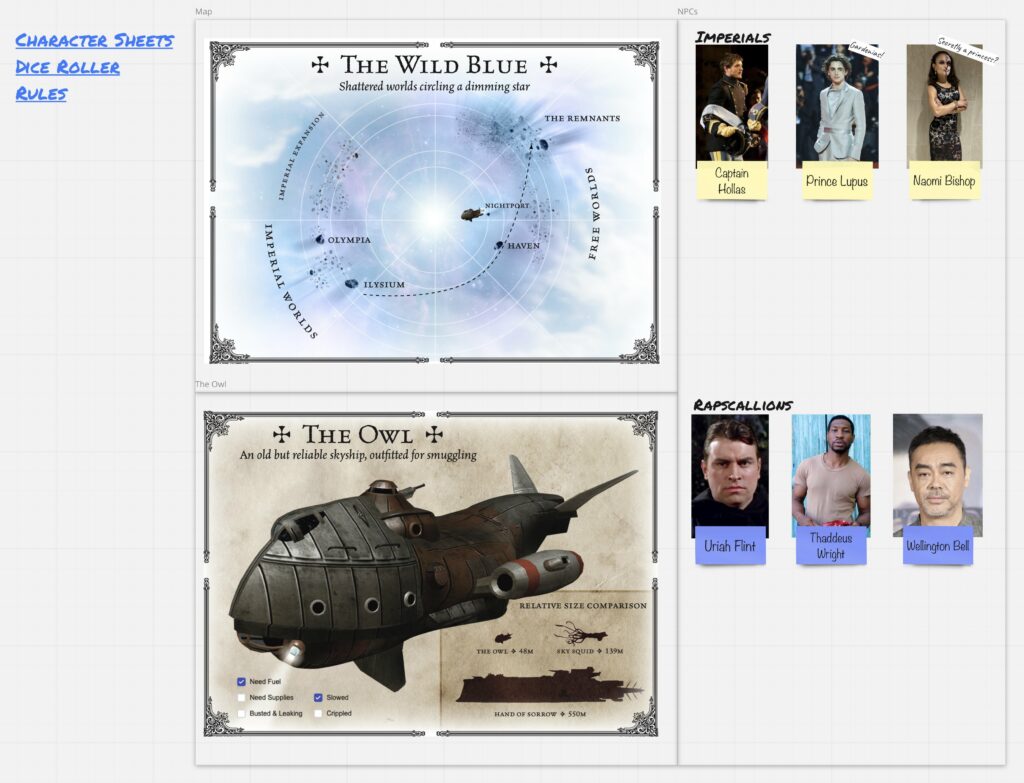One of the ways I knew I was getting sick was that my ability to code dropped through the floor, so I’ve been fiddling with things from time to time as a test.
I’m still veering between faint positive tests and negative tests, but I got a wild hair and wrote some Python today. Credit for the underlying text and mechanics goes to Oliver Darkshire. I have taken the liberty of skipping assassination attempts when there’s no chance of success and decided that you can’t try an assassination attempt after an ending is reached.
./ldor.py
Lions are released onto the streets in an attempt to calm the population.
Flames: 1
Desolation: 1
Relocation: 0
You might want to assassinate the emperor, but there's no chance.
<snip>
Work continues on a house made of pure gold. It keeps melting.
Flames: 5
Desolation: 3
Relocation: 3
You might want to assassinate the emperor, but there's no chance.
There are no goods at market. "If you have no bread, then eat shit" is the word from the palace.
Flames: 5
Desolation: 4
Relocation: 3
Would you like to assassinate the emperor? [y/n]: n
The emperor sits in front of the flame and commands it to obey. It does not.
Flames: 6
Desolation: 4
Relocation: 4
Would you like to assassinate the emperor? [y/n]: y
You failed to assassinate the emperor with a roll of 11, and you are dead.Obviously my play is sub-optimal. Don’t expect too much from me yet.


